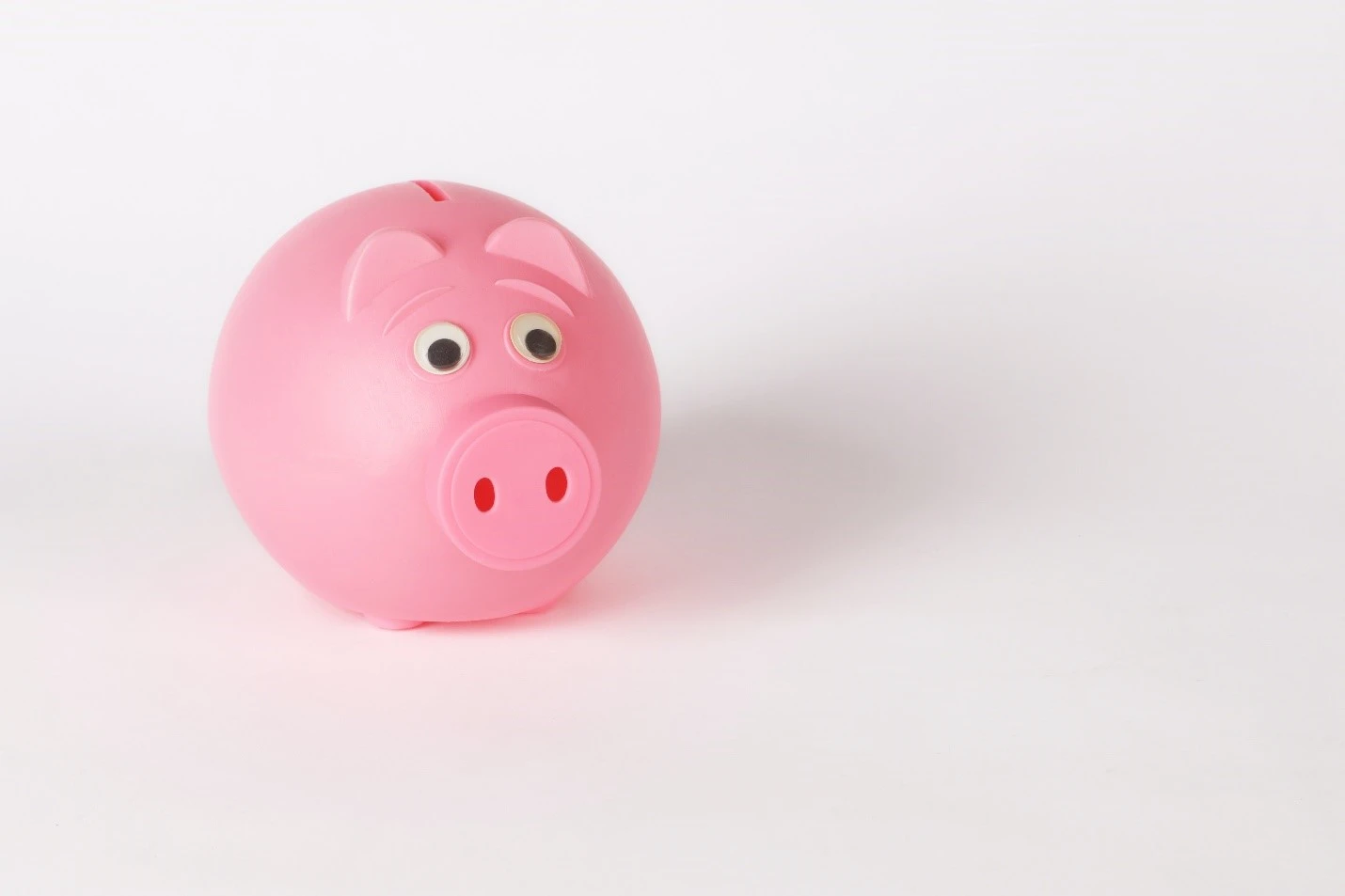Categories

When you're facing unexpected expenses or need a financial boost for some sort of specific purpose, a personal loan can be a helpful solution. Having said that, you’ll still need to consider what’s required to qualify. To qualify for a personal loan, you need to meet certain criteria and follow a specific application process. In this article, we'll guide you through some of the key steps to apply for a personal loan.
1. Check Your Credit Score
One of the key factors that lenders may consider when evaluating your loan application is your credit score. Your credit score is a three-digit number that reflects your creditworthiness, based on your credit history. If you have a high credit score, you may have more changes of qualifying for a personal loan. Conversely, if you have a low credit score, you may have difficulty qualifying for a loan or you may be charged higher interest rates.

Before you apply for a personal loan, it's a good idea to check your credit score. You can get a free credit report from each of the two major credit bureaus (Equifax and TransUnion) that operate in Canada once a year. You can also check your credit score for free using credit monitoring services online.
If you find errors on your credit report, such as inaccurate account information or fraudulent activity, you can dispute them with the credit bureaus. This may impact your credit score which could affect your chances of qualifying for a personal loan.
What Makes up your Credit Score in Canada?
Your credit score is a numerical representation of your creditworthiness, and it plays a crucial role in determining whether you qualify for credit products like loans, credit cards, and mortgages. In Canada, credit scores range from 300 to 900, with higher scores indicating better creditworthiness.
Several factors make up your credit score in Canada, including:
- Payment history: Your payment history is the most significant factor in determining your credit score. It includes whether you've made payments on time and if you've missed any payments or defaulted on a loan.
- Used credit vs. available credit: This category sorts through the amount of credit you're using compared to your available credit limit, which is called your credit utilization. High credit utilization can indicate financial strain and can impact your credit score.
- Credit history: Your credit score also considers the length of your credit history, including the age of your oldest account and the average age of all your accounts. A longer credit history can impact your credit score.
- Public records: This category looks at events like bankruptcy, any interactions with collections, or other negative marks that have made their way onto your public record. If you have a history of these types of events, it could impact your credit score negatively.
- Credit inquiries: In many cases, when you submit a loan application, the lender will perform a hard inquiry on your credit report, which can temporarily lower your credit score. Multiple inquiries within a short period can signal that you're seeking credit frequently and can negatively impact your credit score.
It's important to understand what factors make up your credit score in Canada, as it can help you make informed decisions about your finances and potentially impact your creditworthiness over time. By consistently making payments on time, keeping your credit utilization low, and maintaining a mix of credit products, you may be able to impact your credit score.
2. Determine How Much You Need to Borrow
Before applying for a personal loan, determine how much money you need to borrow. Calculate the amount you need to cover your expenses. It's important to borrow only what you need, as personal loans come with interest and fees that increase the overall cost of borrowing. Also, consider your ability to repay the loan and whether the monthly payments fit into your budget.
3. Research Lenders
Once you've checked your credit score and know where you stand, it's time to start researching lenders. You can find personal loans at credit unions, banks, and online lenders. Each lender has different requirements, interest rates, and terms, so it's important to compare your options and find something that fits for your needs.

When researching lenders, consider the following factors:
- Interest rates: Keep an eye out on the interest rates and only apply for a loan if you can afford it.
- Fees: Some lenders charge origination fees, prepayment penalties, or other fees. Make sure you understand all the fees associated with the loan before you apply.
- Loan terms: Loan terms can range depending on the type of loan and lender. Make sure you understand how long the repayment period is.
- Minimum and maximum loan amounts: Make sure the lender offers loans that fit your needs. Some lenders may have minimum and maximum loan amounts that may not work for you.
- Customer service: Always pay attention to a lender’s track record of dealing with customers. If you have questions or issues with your loan, you want a lender that will be responsive and helpful.
4. Gather Documentation
Before you apply for a personal loan, you'll need to gather some documentation to support your application. The exact requirements may vary depending on the lender, but in general, you'll need:
- Proof of identity: This could be a government-issued ID, such as a driver's license or passport.
- Proof of income: This could include pay stubs, tax returns, or bank statements. The lender wants to see that you have a steady income and can afford to repay the loan.
- Employment information: You'll need to provide information about your employer, including their name, address, and phone number.
- Credit score and history: You may need to provide a copy of your credit report or give the lender permission to check your credit score.
5. Apply for the Loan
Once you've researched lenders and gathered your documentation, it's time to apply for the loan. You can typically apply online or in person, depending on the lender. The application process typically involves the following steps:
- Fill out the application: You'll need to provide personal information such as your name, address, and social security number. You'll also need to provide information about the loan, such as the amount you're requesting and the purpose of the loan.
- Submit your documentation: You'll need to submit the documentation you gathered earlier, such as proof of income and identity.
- Wait for a decision: The lender will assess your application and this process can take anywhere from a few minutes to a few days, depending on the type of loan, the lender, and the complexity of your application.
If your loan is approved, you'll receive an offer with the loan terms, including the interest rate, loan amount, and repayment schedule. Review the offer carefully and make sure you understand all the terms before accepting the loan. If you're happy with the terms, sign the loan agreement and return it to the lender.
Once you've accepted the loan, the lender will typically deposit the funds into your bank account within a few days. You can then use the funds for the purpose specified in your loan application.
Repay your Loan on Time
Once you've received the loan, it's important to start making payments on time to avoid late fees and damage to your credit score. Certain types of personal loans, like installment loans, typically may have fixed monthly payments, meaning you'll pay the same amount each month for the duration of the loan.

Some lenders offer automatic payments, where the loan payments are automatically deducted from your bank account each month. This can be a convenient way to ensure you don't miss any payments.
Take the Right Steps to Apply for a Personal Loan
Applying for a personal loan can be a straightforward process if you follow these steps. Start by checking your credit score and researching lenders to find the best fit for your needs. Gather the required documentation and apply for the loan online or in person. Once you've accepted the loan, make sure to make payments on time to avoid fees and damage to your credit score. If you have any questions or concerns, don't hesitate to reach out to your lender for assistance.
Disclaimer: This page provides general information only and does not constitute financial, legal or other professional advice. For full details, see Fora’s Terms of Use.



